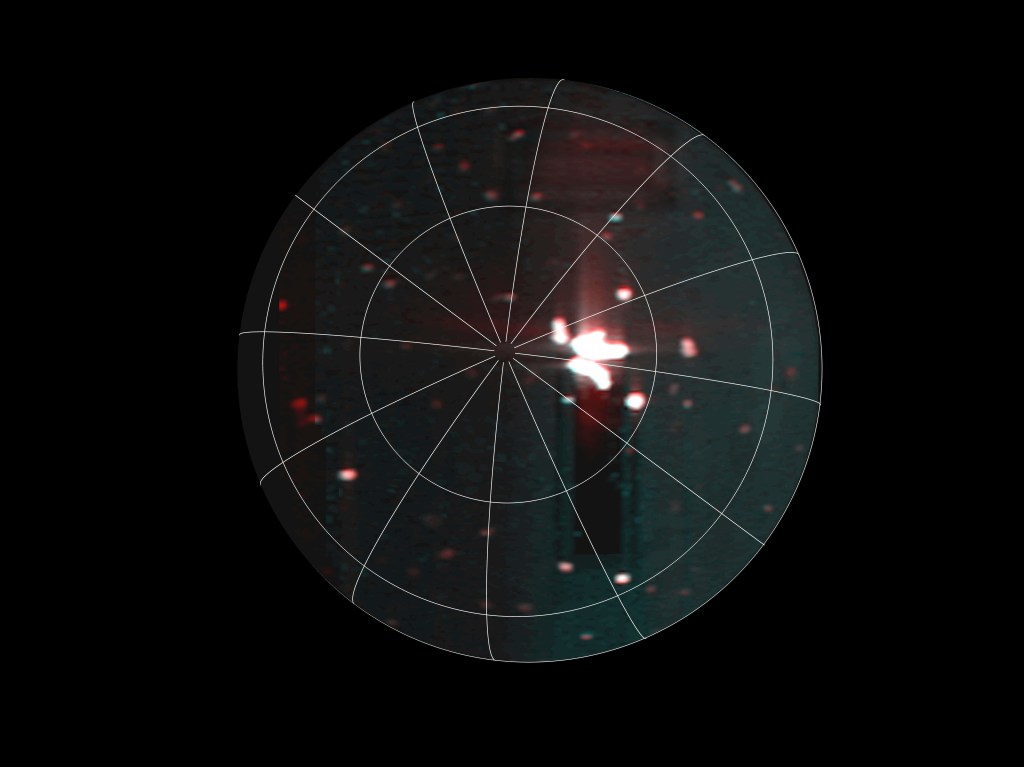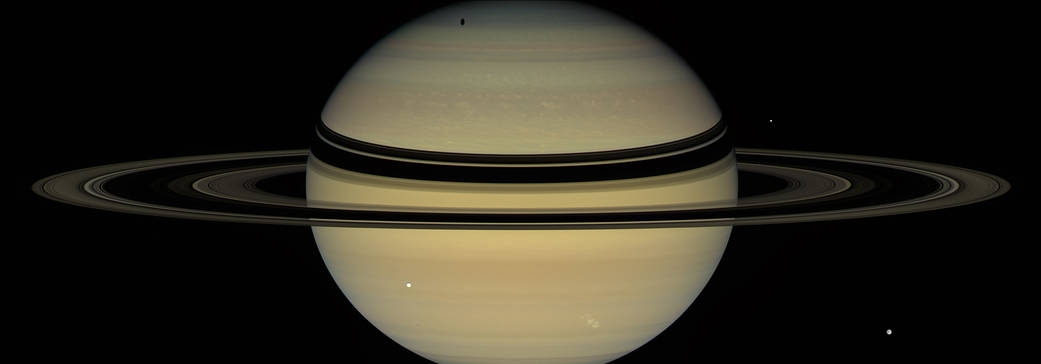Two kinds of dramatic shadows play across the face of Saturn in this view from NASA’s Cassini spacecraft from Dec. 6, 2007. The planet’s rings cast dark bands across the cloud tops in the northern hemisphere. Near the pole, an elongated shadow can be seen from Saturn’s moon Tethys, which appears as a bright sphere left of center.
Other icy moons make an appearance as well, including Dione (front right) and Enceladus (back right). A bright storm can be seen in Saturn’s southern hemisphere at lower right.
This natural color view is a mosaic of images taken using red, green and blue spectral filters. The images were acquired with the Cassini spacecraft wide-angle camera at a distance of approximately 1 million miles (about 1.7 million kilometers) from Saturn.
The Cassini spacecraft ended its mission on Sept. 15, 2017.
The Cassini mission is a cooperative project of NASA, ESA (the European Space Agency) and the Italian Space Agency. The Jet Propulsion Laboratory, a division of the California Institute of Technology in Pasadena, manages the mission for NASA’s Science Mission Directorate, Washington. The Cassini orbiter and its two onboard cameras were designed, developed and assembled at JPL. The imaging operations center is based at the Space Science Institute in Boulder, Colorado.
For more information about the Cassini-Huygens mission visit https://saturn.jpl.nasa.gov and https://www.nasa.gov/cassini. The Cassini imaging team homepage is at http://ciclops.org.
Credit: NASA/JPL-Caltech/Space Science Institute




























